Over 55s village development on Limestone Creek Rd, Inverness refused
The development on Limestone Creek Road has been met with controversy since it was lodged, with more than 100 submissions and a petition for its refusal.
Rockhampton
Don't miss out on the headlines from Rockhampton. Followed categories will be added to My News.
Plans for a 391-home over-55s village on Limestone Creek Road at Inverness just outside of Yeppoon have been halted after the development application was knocked back at a Livingstone Shire Council meeting.
The development application was lodged with council in December 2022 for a 55ha parcel of land and would be on the boundary of St Brendan’s College.
The property has not sold since 1981, however is listed for sale.
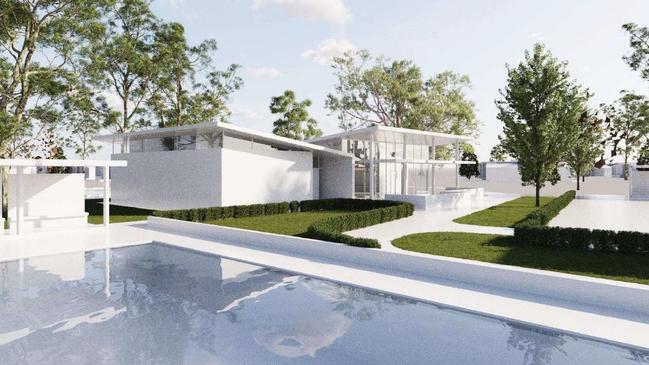
The plans were for 391 homes in a mix of two and three bedrooms, and community facilities, including a clubhouse, pool, bar, library, games room, cinema, terrace, bowling green and open spaces with picnic areas and pathways.
A rural subdivision was also included, with 129 residential lots from 1,001sqm to 5,789sqm in size.
The developer is Graham Burns, who has a background of more than 45 years of experiences in land and property developments with his company Land Dynamic, which mostly has housing estates in New South Wales.
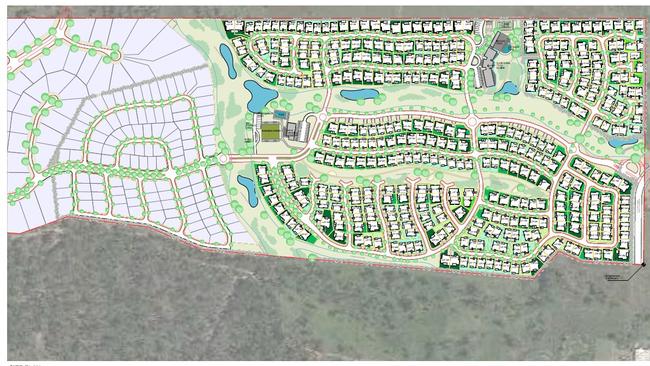
The development was met with some controversy by the community with more than 100 submissions sent to council along with a petition with 51 signatures calling for the rejection of the application.
Complaints included concerns about the development as a “trailer park” and “Americanised urban sprawl subdivision”, along with flooding issues, land and wildlife clearing, and impacts on traffic on the road.
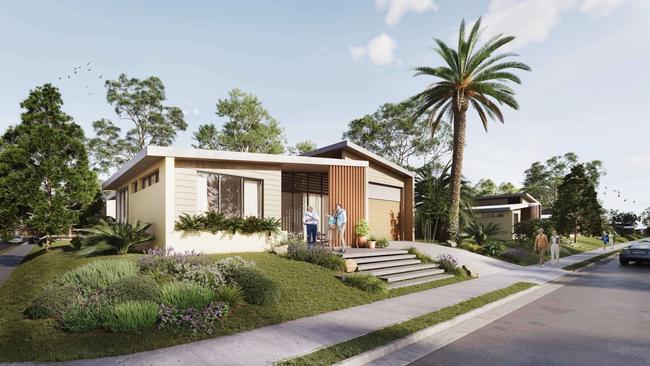
The development is also through part of the Yeppoon Parkrun route, which would need to be moved.
Organisers and supporters of the annual run submitted multiple complaints.
To appease these concerns, Mr Burns held a public meeting in April.
He defended they would plant 1,000-plus extra native trees and said there would be a 20m to 40m-wide vegetation corridor on the acres lots.
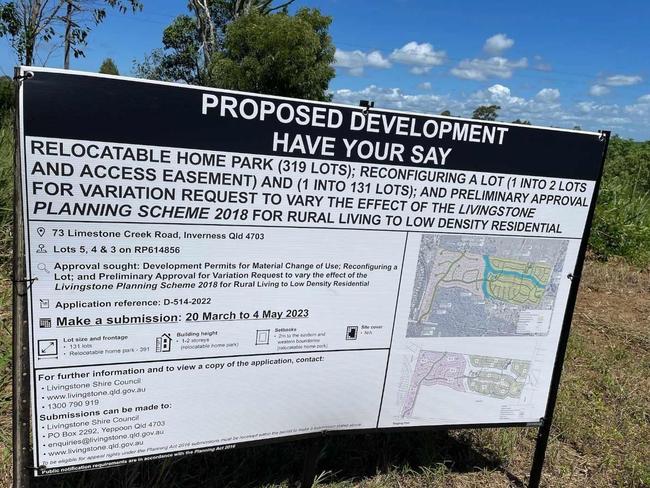
The development application was presented for consideration at a council meeting on November 20 and 21.
Council planners wrote in their report that the proposal “generally complied” with the Livingstone Planning Scheme.
“Furthermore, the development seeks to utilise the rural nature of the site and surrounding sites as a feature and will not limit or compromise the agricultural capacity of the surrounding land for primary production through existing operations and buffers to boundaries,” their report read.
It is noted it meets the codes regarding natural hazards and bushfire management plans were submitted with the application, along with a ecological assessment report, it stated.
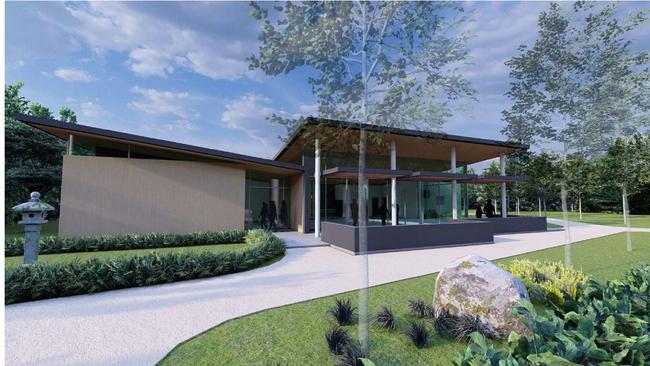
Discussions were had around the council table at the meeting, with Councillor Andrea Friend asking multiple questions around the trunk infrastructure costs and other issues.
Councillor Rhodes Watson was the first to formally speak against the development.
He said the blocks and the homes were too small and the side access was too close to other homes, along with concerns about the road traffic.
Councillor Glenda Mather shared concerns about conflicts on the rural zone and Councillor Pat Eastwood summarised it as the “wrong place, wrong time”.
“I don’t think the neighbours would take it kindly to it and submissions have shown that,” he said.
“I do thank the developers for having such vision.”
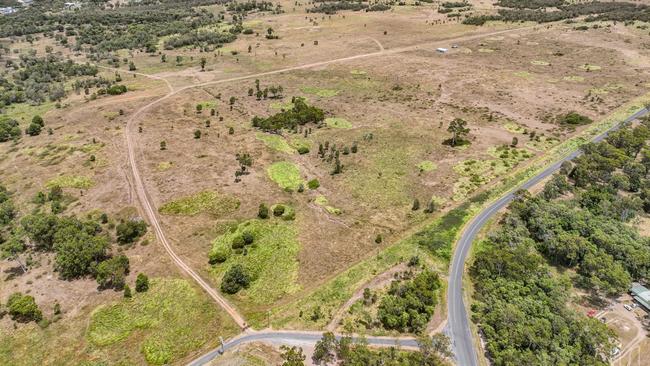
Councillor Adam Belot echoed these sentiments and said while he was reluctant to vote against the development, it went against the “park-residential style that has been flourishing” in the area.
The approval went to a table vote and all councillors voted in the negative.
A summary of reasons was added to the council minutes.
It noted traffic would not be sufficiently managed by relying on the minimum age of residents, expected to be about 55, as many would still be working for several years to come.
It also stated the proposed land parcels in the home park would be too small, the size of the homes would be too large, and the side access was both too small and frighteningly close to boundaries.
The development conflicts with the underlying rural zone and it was a “good product in the wrong spot”, according to the summary.
It also stated there was “insufficient assurance that stormwater will be adequately conditioned or managed on site”.
Mr Burns was contacted for comment, however declined to respond.




